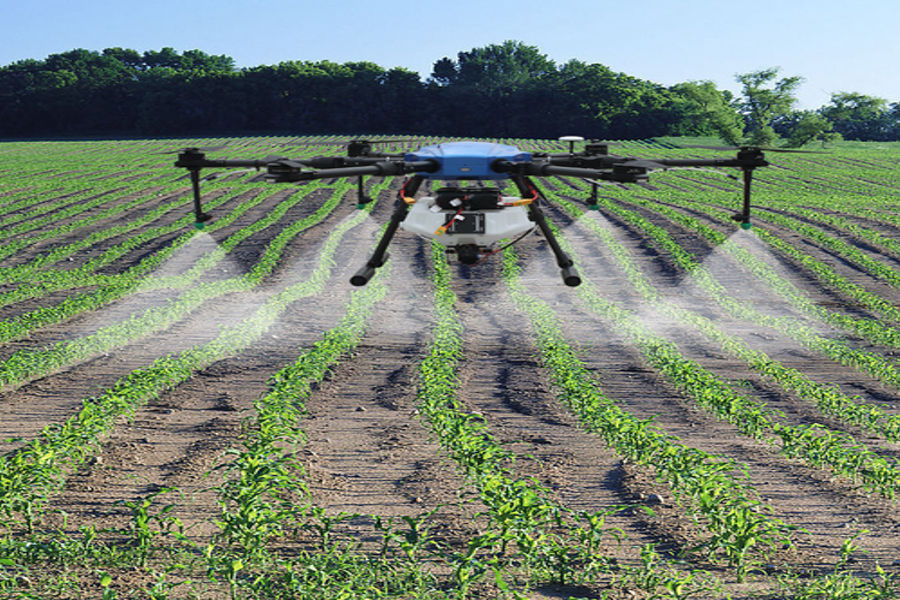The Growing Role of Drones in Agriculture
Agriculture has always been about innovation—from traditional tools to modern machines. Today, drones are becoming one of the most exciting technologies in farming, helping growers save time, cut costs, and improve crop health.
Drones for smarter crop monitoring
Walking through fields to check crop health takes hours, and farmers often miss small signs of stress. With drones, a quick aerial survey can reveal issues like pest attacks, nutrient shortages, or uneven growth, long before they’re visible to the naked eye. Early detection means timely action and better yields.
Managing irrigation more efficiently
Water is precious, and drones are helping farmers use it wisely. Equipped with thermal cameras, drones can spot areas where plants are under water stress. This makes it easier to decide when and where to irrigate, reducing wastage and improving productivity.
Faster spraying with less effort
Spraying pesticides or fertilizers is often tiring and time-consuming. Drones can spray fields quickly and evenly, covering more land in less time. Farmers save on labor costs, reduce chemical usage, and stay safer by avoiding direct exposure.
Soil and field insights before planting
Some drones can even map fields in 3D, giving farmers a clear picture of soil variations. This helps in planning planting patterns, deciding fertilizer needs, and ensuring better germination.
A step toward sustainable farming
Beyond saving money and effort, drones make farming more sustainable. By using resources only where needed, they reduce waste and protect the environment.
